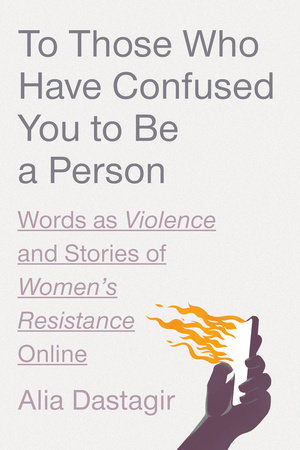

Black Genius

-
$30.00
Available on Jul 29, 2025 | 320 Pages
-
Available on Jul 29, 2025 | 320 Pages
-
Available on Jul 29, 2025 | 7 Hours 12 Minutes



Available on Jul 29, 2025 | 320 Pages
Available on Jul 29, 2025 | 320 Pages
Available on Jul 29, 2025 | 7 Hours 12 Minutes
Author
Tre Johnson
Tre Johnson was born in Trenton, NJ and now finds himself in Philadelphia, where he writes with a focus on race, culture and politics. His work has appeared in The Washington Post, Rolling Stone, Vox, The New York Times, Slate, Vanity Fair, The Grio, and other outlets. He has appeared to provide media commentary on CNN Tonight with Don Lemon; CBS Morning Show; PBS NewsHour, NPR’s Morning Edition, and other programs. In addition to writing, Tre is a career educator, working both inside and outside the classroom as a teacher and leader.
Learn More about Tre Johnson







